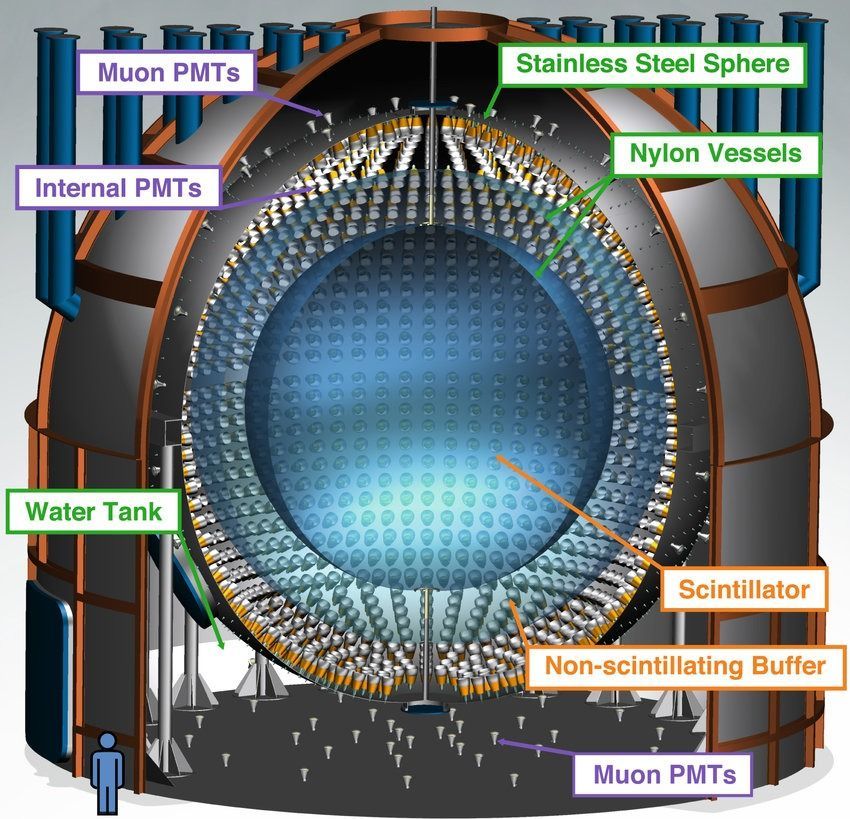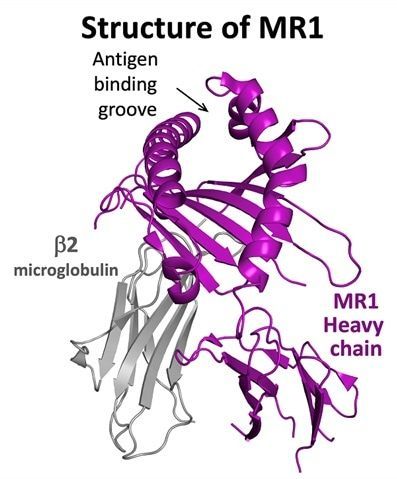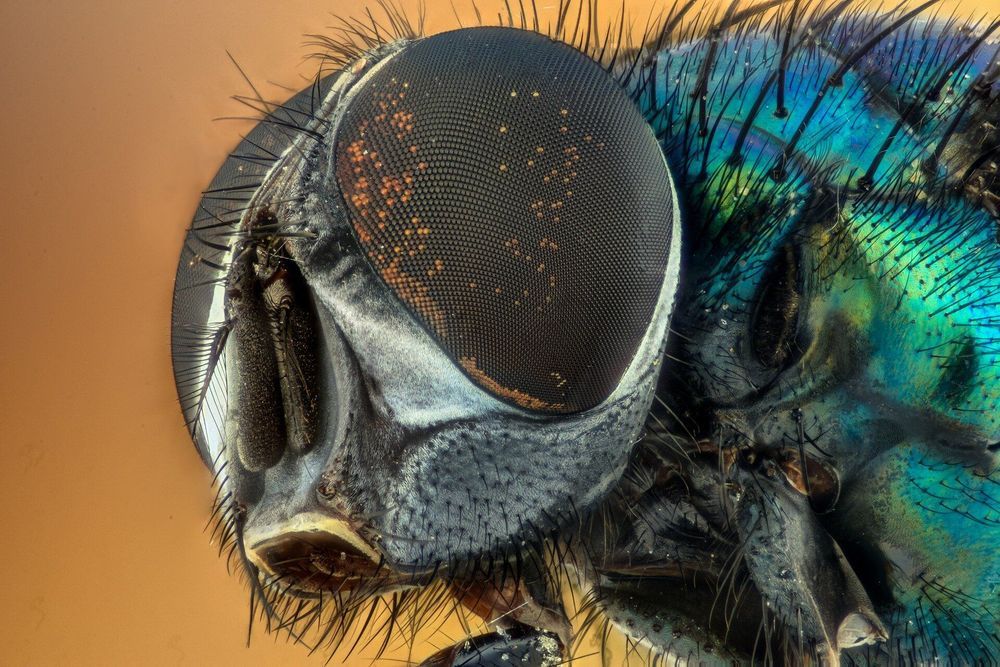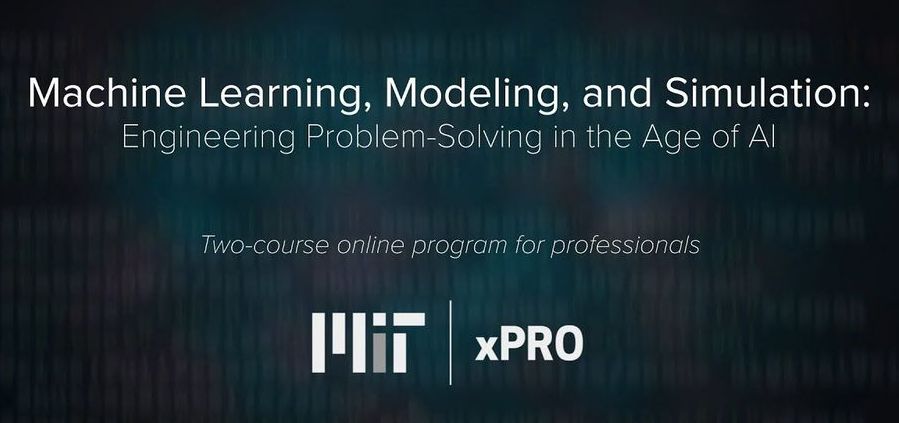Aug 4, 2020
A new test to investigate the origin of cosmic structure
Posted by Genevieve Klien in categories: cosmology, quantum physics
Many cosmologists believe that the universe’s structure is a result of quantum fluctuations that occurred during early expansion. Confirming this hypothesis, however, has proven highly challenging so far, as it is hard to discern between quantum and classical primordial fluctuations when analyzing existing cosmological data.
Two researchers at University of California and Deutsches Elektronen-Synchrotron DESY in Germany have recently devised a test based on the notion of primordial non-Gaussianity that could help to ascertain the origin of cosmic structure. In their paper, published in Physical Review Letters, they argue that detecting primordial non-Gaussanity could help to determine whether the patterns of the universe originated from quantum or classical fluctuations.
“One of the most beautiful ideas in all of science is that the structure we observed in the cosmos resulted from quantum fluctuations in the very early universe that were then stretched by a rapid accelerated expansion,” Rafael Porto, one of the researchers who carried out the study, told Phys.org. “This ‘inflationary’ paradigm makes a lot of predictions which have been corroborated by data, yet the quantum nature of the primordial seed is extremely difficult to demonstrate directly.”


















